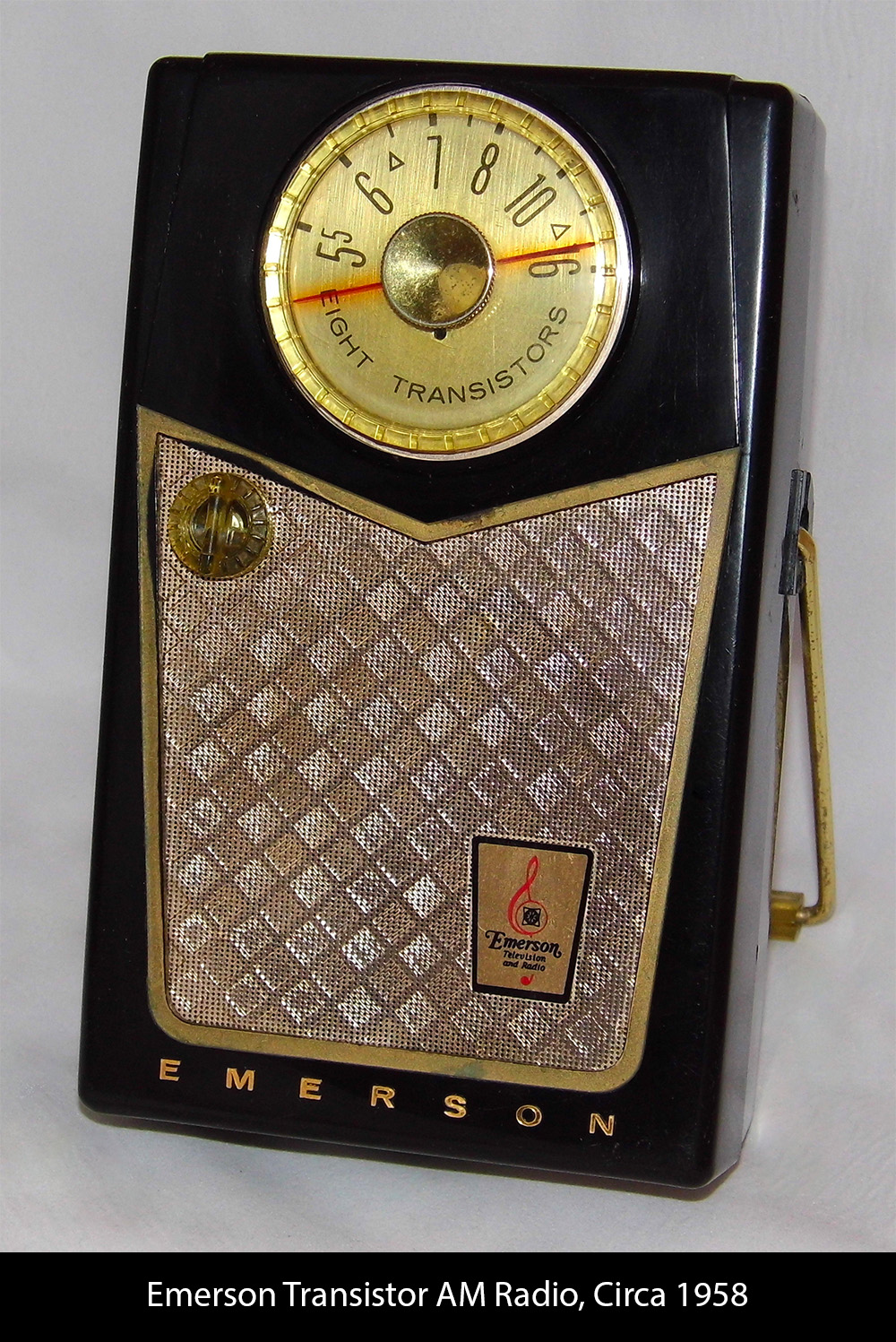 History of Business in America: “The Golden Age of Capitalism” from the End of WWII to the End of the 1960s
History of Business in America: “The Golden Age of Capitalism” from the End of WWII to the End of the 1960s
The period from 1945 to 1969 was a pivotal era in the history of business and the U.S. economy, marked by post-war prosperity, the emergence of consumer culture, significant technological advancements, and the beginning of globalization. This era is characterized by strong economic growth, the expansion of the middle class, and the rise of multinational corporations and often referred to as the post-war era or the “Golden Age” of the U.S. economy,
Post-World War II Reconstruction (1945-1949):
- The end of World War II in 1945 marked the beginning of a period of economic reconstruction and recovery. The government shifted its focus from wartime production to rebuilding infrastructure and transitioning industries back to civilian purposes.
- The Servicemen’s Readjustment Act of 1944, commonly known as the GI Bill, provided education, housing, and employment benefits to returning veterans, facilitating their reintegration into civilian life and stimulating consumer demand.
- The Marshall Plan, initiated in 1948, provided economic aid to war-torn European countries, fostering trade and creating new export markets for American goods.
 The Post-War Economic and Population Boom (1950s):
The Post-War Economic and Population Boom (1950s):
- The baby boom, a significant increase in births from the late 1940s to the early 1960s, had a profound impact on consumer demand, leading to increased sales of baby-related and family oriented consumer products.
- The 1950s saw a remarkable period of economic expansion and prosperity in the United States. Industrial production surged as businesses invested in new technologies and expanded their manufacturing capabilities.
- The automobile industry experienced rapid growth, fueled by rising consumer demand and innovations in design and production techniques. The construction of the interstate highway system further facilitated the mobility of goods and people.
- The expansion of suburban housing developments and the availability of affordable mortgages spurred a construction boom and stimulated consumer spending on home appliances and furnishings.
Technological Innovation and Industrial Advancement (1950s-1960s):
- The construction of the interstate highway system began in the 1950s, creating jobs and facilitating the movement of goods and people across the country. The expansion of highways spurred suburbanization and contributed to the growth of the automobile industry.
- The post-war period witnessed significant advancements in technology and innovation, particularly in the fields of aerospace, electronics, and telecommunications.
- The development of commercial jet aircraft revolutionized air travel, making it faster, safer, and more accessible to the general public. Companies like Boeing and Douglas Aircraft emerged as leaders in the aviation industry.
- The space race between the United States and the Soviet Union spurred investment in space exploration and the development of new technologies, such as satellites and rockets.
- The post-war period witnessed rapid technological advancements, particularly in the fields of electronics and telecommunications. The invention of the transistor in 1947 revolutionized electronics, paving the way for the development of smaller, more efficient electronic devices.
- The post-war period saw the continued popularity of radio as a source of entertainment and information. Radio programming featured music, news, and talk shows, reaching millions of listeners across the country.
- The emergence of rock and roll music in the 1950s revolutionized popular culture and contributed to the growth of the music industry. Artists like Elvis Presley, Chuck Berry, and Little Richard gained widespread popularity, attracting a diverse audience and influencing fashion, language, and social norms.
- The rise of television as a mass medium of communication transformed American society and culture. Television programming became increasingly popular, influencing consumer behavior, shaping public opinion, and driving demand for consumer electronics.
- Advertisers capitalized on the popularity of television by creating commercials and sponsoring television programs, leading to the growth of the advertising industry and the emergence of iconic brands.
Corporate Expansion and Consolidation:
- The post-war period saw the rise of large corporations and conglomerates, as companies sought to diversify their operations and expand their market share.
- Mergers and acquisitions became increasingly common as businesses pursued economies of scale and sought to gain a competitive edge in the marketplace. Companies like General Motors, General Electric, and IBM grew into multinational giants with diverse business interests.
- The growth of corporate power and influence led to concerns about monopoly control and anticompetitive behavior, prompting government regulators to scrutinize mergers and enforce antitrust laws.
Social and Cultural Changes:
- The post-war era brought about significant social and cultural changes in American society. The baby boom, a period of high birth rates from the late 1940s to the early 1960s, fueled demand for consumer goods and services.
- The rise of television as a mass medium of communication transformed advertising and marketing, shaping consumer preferences and influencing popular culture.
- The civil rights movement gained momentum in the 1950s and 1960s, leading to landmark legislation, such as the Civil Rights Act of 1964, which outlawed segregation and discrimination based on race, color, religion, sex, or national origin.
Overall, the period from 1945 to the end of the 1960s was characterized by robust economic growth, technological innovation, and social change, laying the foundation for the prosperity and expansion of the U.S. economy in the decades to come.
Image Sources: Ticker Parade: NYC Archives | Business District: Wikimedia Commons / Transister Radio: Wikimedia Commons
Content Sources: Original | Generative AI | Wikipedia



